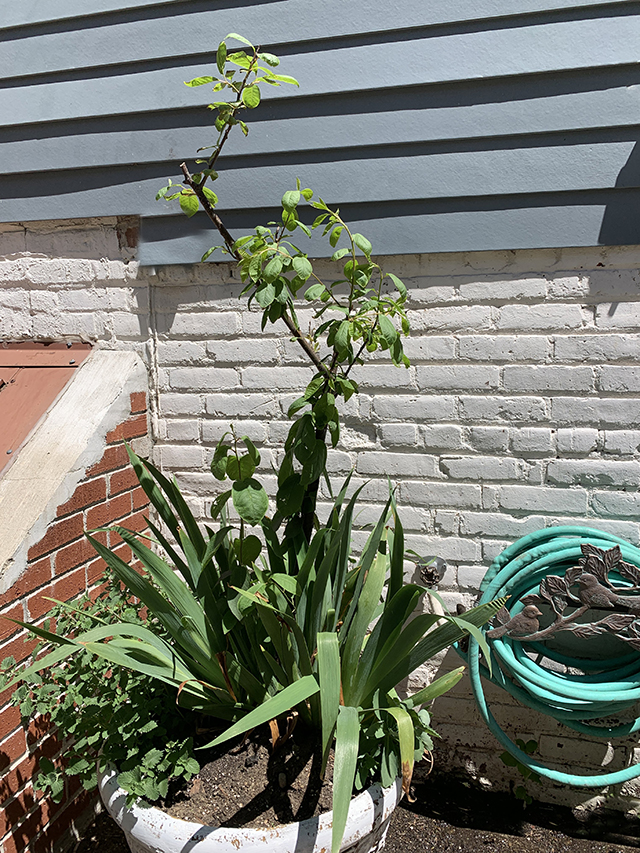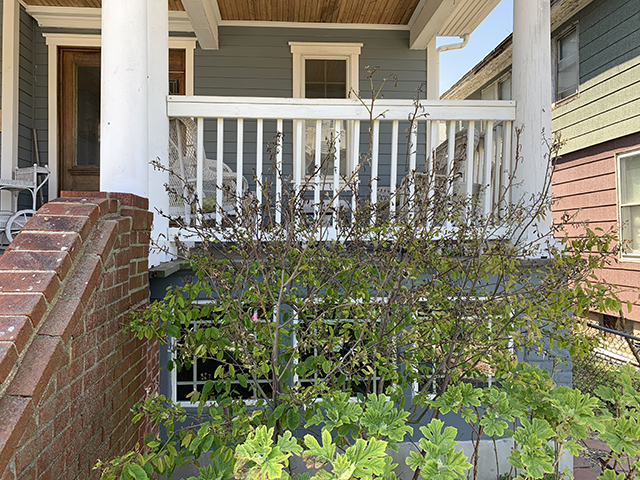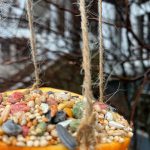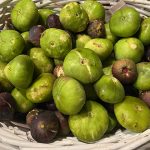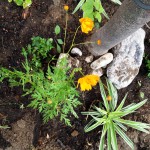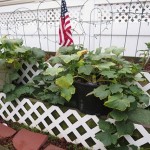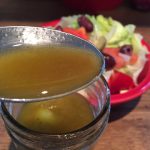What does salt tolerant actually mean?
With the help of Matt’s cousin Lesley Conroy, who is a landscape architect, we designed our front garden in 2016. Lesley and I both agreed on choosing plants that would be fitting for a coastal landscape.
Since then, I’ve learned a tremendous amount about coastal gardens and the effect of salt on plants. I’ve found that there’s a vast difference that salt has on plants and trees on the beach block, versus inner blocks on the peninsula. I see my neighbors between Holland Ave. and the boulevard growing apple trees, basil, hibiscus, and other non-natives in their front gardens!
Even though my house is only 100 yards closer to the ocean, the situation is very different. With heavy rain or wind, saltwater is brought up from the ocean. It’s basically raining salt. The plants, shrubs, and trees in my garden are damaged, despite carefully selecting salt-tolerant plants.
That brings me to the question, what does salt-tolerant actually mean? I’ve learned, It’s the degree at which a plant can withstand salt without significant adverse effects. This is salt from the air and salt that is deposited in the soil. It doesn’t mean that these plants are immune to salt. And each species has a varying tolerance.
I’ve come to terms with the salt issue in my garden. It’s a challenge that has made me a better gardener. A few tricks I learned are as follows:
- Use a hose to wash your plants of salt residue right after a storm
- Prune damaged stems. This is key for a fast bounce back.
- Modify the soil, meaning, each spring add compost/soil to combat salt deposits.
One tree that couldn’t withstand the salt in my front yard is our Canada Red Chokecherry. Matt and I choose this tree for its beautiful purple foliage, white flowers, and its tolerance to salt. The tree, when we planted it two years ago, was very young, only 18 inches tall. We thought at first we weren’t watering it enough but later learned it was the salt. After every rain, all the leaves would singe away. As a last-ditch effort, we moved the tree in early March to the backyard. We didn’t even know if it was still alive.
I’m happy to report the chokecherry did sprout and is thriving in a large pot in the backyard, now protected from the salty environment in the front of the house. This little bit of protection seems to make a world of difference.
If you’re having salt problems in your garden there’s a link to the plants in my garden.
Remember, all plants will sustain damage from salt but the ones listed in the link are hearty and are your best chance for a beautiful coastal garden.
The brick porch in past years had protected our serviceberry tree from the salt during heavy rains. Now that it’s grown past the brick protection, it’s subjected to the elements. Notice the top half is all brown. That happened a few weeks ago after a heavy rainstorm.
After transplanting the chokecherry into a large pot in the backyard, the tree is thriving!
The salt tolerance of a plant is often defined as the degree to which the plant can withstand, without significant adverse effects, moderate or high concentrations of saltwater on its leaves or in the soil within reach of its roots.
